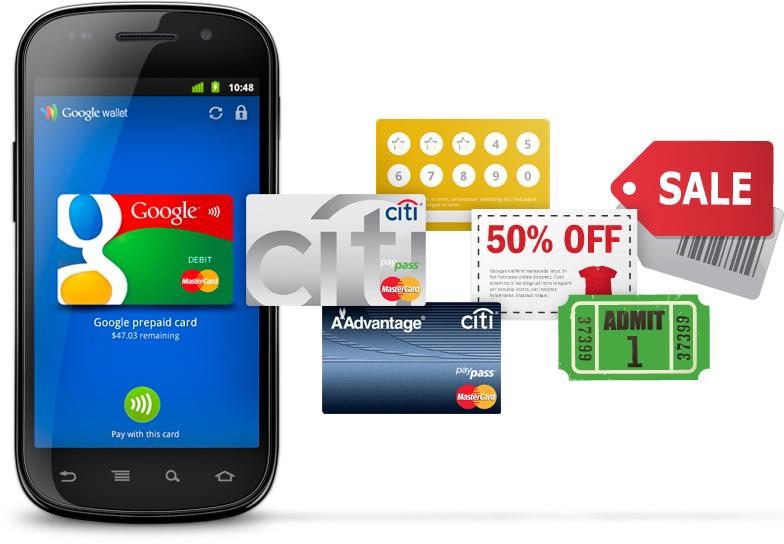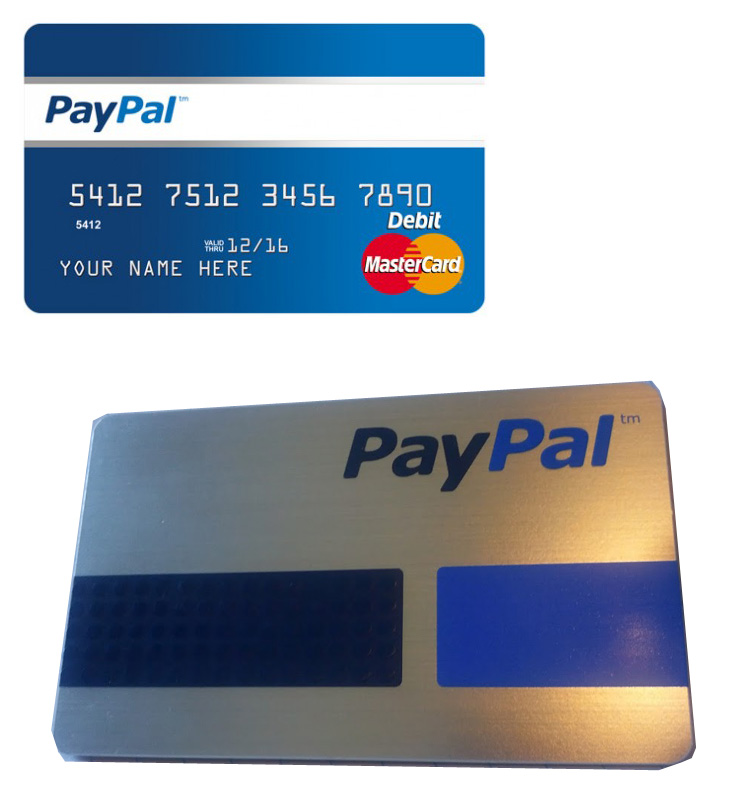26 Oct 2012
Today when you use iTunes, PayPal, Amazon or Google wallet do you think about which card in the back end your purchase will go on? Most of us take the view that “it just works”, and perhaps ensure that the default card is the one which allows you to accumulate the most points (Amex for me). When eCommerce started, there were few entities capable of managing card not present (CNP) risk hence specialists evolved (PayPal, Cybersource, GSI, …) that could manage this risk on behalf of the merchant/community. Payment cards/accounts had to be wrapped by these risk specialists in order for payments to be processed. As mCommerce evolved (think Apple iTunes), digital goods purchases where integrated into the “platforms” to allow seemless purchasing of content… thus starting the process by which cards were associated with “cloud” accounts accessed in mobile phones. Today, mCommerce sales are around $170B in the US, and mCommerce sales are around $10B (Digital Goods ~$4B and physical the rest .. which includes buying from Amazon on your iPad at home). Quite frankly card companies
about which card in the back end your purchase will go on? Most of us take the view that “it just works”, and perhaps ensure that the default card is the one which allows you to accumulate the most points (Amex for me). When eCommerce started, there were few entities capable of managing card not present (CNP) risk hence specialists evolved (PayPal, Cybersource, GSI, …) that could manage this risk on behalf of the merchant/community. Payment cards/accounts had to be wrapped by these risk specialists in order for payments to be processed. As mCommerce evolved (think Apple iTunes), digital goods purchases where integrated into the “platforms” to allow seemless purchasing of content… thus starting the process by which cards were associated with “cloud” accounts accessed in mobile phones. Today, mCommerce sales are around $170B in the US, and mCommerce sales are around $10B (Digital Goods ~$4B and physical the rest .. which includes buying from Amazon on your iPad at home). Quite frankly card companies  didn’t mind letting other entities like Amazon and Apple store your card information so that you could buy in either the eCommerce or mCommerce markets…. This is all changing for physical commerce because the PRIZE IS BIGGER.
didn’t mind letting other entities like Amazon and Apple store your card information so that you could buy in either the eCommerce or mCommerce markets…. This is all changing for physical commerce because the PRIZE IS BIGGER.
With the Physical POS sales $2.4T (USA not including T&E, Auto, Oil/Gas)… The established networks and banks are saying “don’t wrap me”:
- Amex’s new Serve product 2.0 is wrapping other bank debit and credit cards
- PayPal’s new plastic is wrapping what they have already, Amex is threatening to cut both PayPal and Google down
- Visa has reportedly issued a cease and desist to Google at the behest of Chase (See NFC Times)
All of these wallets (Virtual, NFC, Cloud, …) are causing issuers to wonder “who is top of wallet”?.. and how does a customer select my plastic. They seem much more concerned about one physical plastic card wrapping them (ie Serve and Paypal) than a virtual wallet, but they are also very concerned about data and letting any ONE intermediary see transaction data (and add offers/services on top of them). In other words “DON’T WRAP ME” (see blog Paypal at POS). Of course there is not much to worry about yet. Paypal is reportedly doing less than 5 transactions per WEEK per Store at HomeDepot.. But the established players want to stop anything before it starts.
How do cloud wallets manifest themselves? Well it could be NFC/Paypass, physical plastic, a QR code, or a voice print (Square).. all you need is a form of authentication (see Battle of the Cloud). Add to this the complexity of retailer data, issuer pricing, loyalty and incentives and the market is just nuts. Who is doing what to whom…? its like a 70s drug and sex movie.

Sounds like a knee-jerk reaction to me: the data is there for the asking (more or less), why didn’t the scheme or the issuers never bothered to do anything about it for years and only started crying “Mayday” when non-banks led the way?
Besides, the key (SKU-level) data is not part of a transaction anyway, it’s in the receipt stream. I am surprised EMV did not include that into their specs… Perhaps due to privacy issues – but then again, there are ways to make customers ‘opt-in’ (as Apple does).
As for the schemes and issuers fighting back, what options do they have? Can they outlaw m-comm? Back-to-back transactions? Can they refuse to issue cards to the likes of PayPal?
The card organizations/schemes have long realized that they need to control the consumer’s choice, whether through rewards, discounts, or value-added services and as a result, consumers do generally lean toward the card product (in my case, also Amex) that provides them the points, service and other intangibles (first card, prestige, aspirational values). Yet, when the actual “paying” is initiated without the card having to be physically taken out of the wallet/purse … that model needs to be revisited. As noted, the data and the ability to parse that data into offering meaningful experiences remains hard to capture and utilize without running afoul of various privacy and identity concerns.Ultimately it requires the different players to promote each other’s products or channels in order for the consumer to decide what the “default” choice is.
The card business has been built over time and through a series of efforts and techniques that cannot necessarily be duplicated by new entrants. That has not stopped a number of new and competing systems from jumping onto the payments bandwagon because they feel that they need to … frankly it makes for good press, blog mentions, and first-mover status. When they have to make the system(s) work day in and day out at the very highest levels of uptime, security, and simplicity … and generate the transaction volumes that fully utilize the network or cloud capacity … the execution seems to fail or not meet expectations. It also one thing to talk about the massive potential size of the market, you must actually do all of this while you continue to build a merchant network and defend it from encroachment, dilution and lack of use.
Cloud wallets work because they can ride the existing payment rails and previously built merchant networks while providing perceived ease of use and familiarity (after all, what can be easier than swiping the card … it’s fast, it works, and since the advent of electronic terminals has become ingrained in our behavior). Unless the schemes/card orgs create their own cloud wallet versions, stop the interlopers from using their products, or create an alternative that is even better and more secure, the many players will continue to be trying to figure out how to make a “mash-up” of different payment elements and hardware work to maximize their ability to attain transaction fees, residuals, and recurring revenue out of the act of “paying” for good and services.
Pingback: Protean Payment | Profiling Payment Failures: Google Wallet, Version 1
Pingback: Business Implications of Tokens « FinVentures
Pingback: Controlling Wallets – Battle of the Cloud Part 3 | FinVentures
Pingback: Google in Payments: Why Yesterday was BIG News | FinVentures
Pingback: Payments – Wrapping, Rules, Acquiring and Tokens | FinVentures
Pingback: CEO View – Battle of the Cloud Part 5 | FinVentures
Pingback: Payments Winners/Losers? | FinVentures
Pingback: Not on my Rails | FinVentures
Pingback: Money 2020 | FinVentures